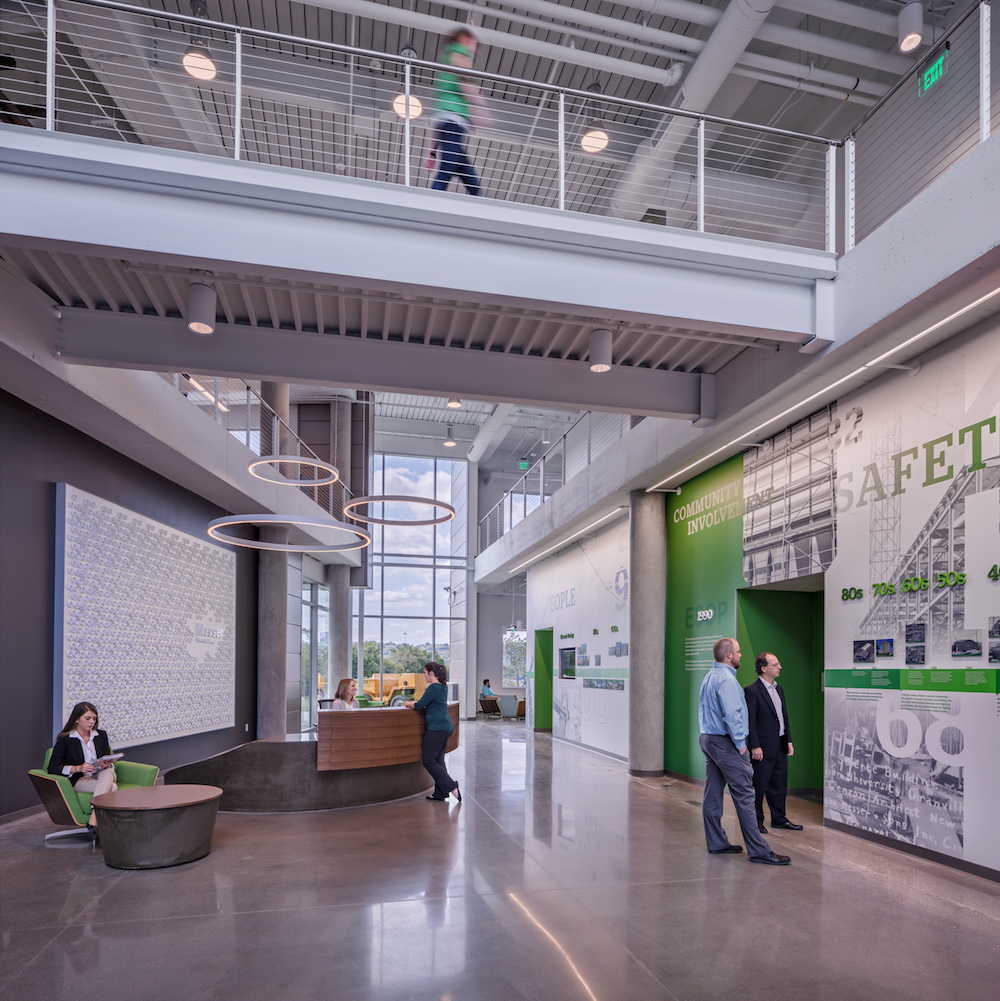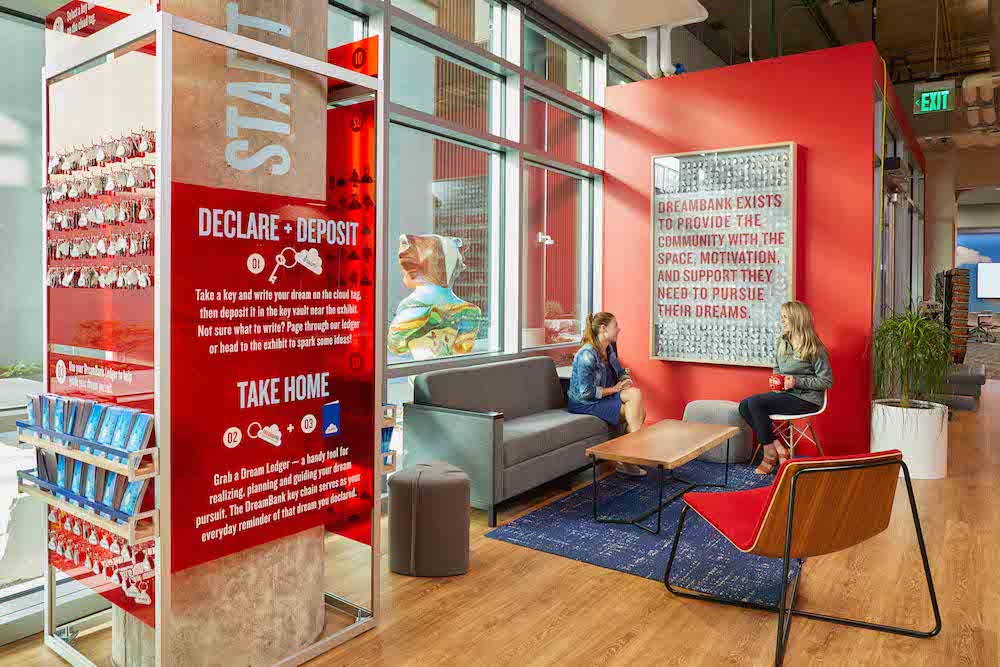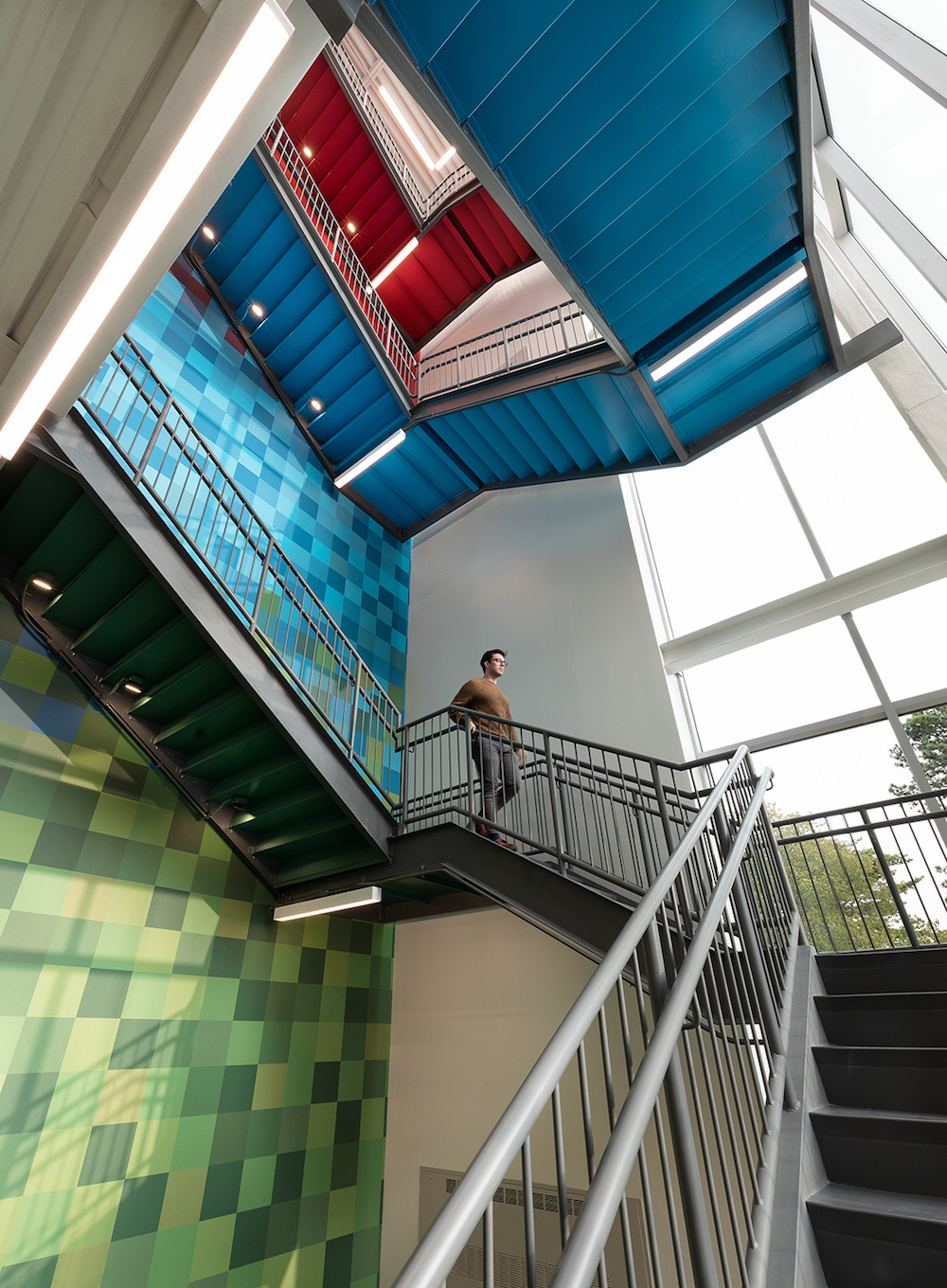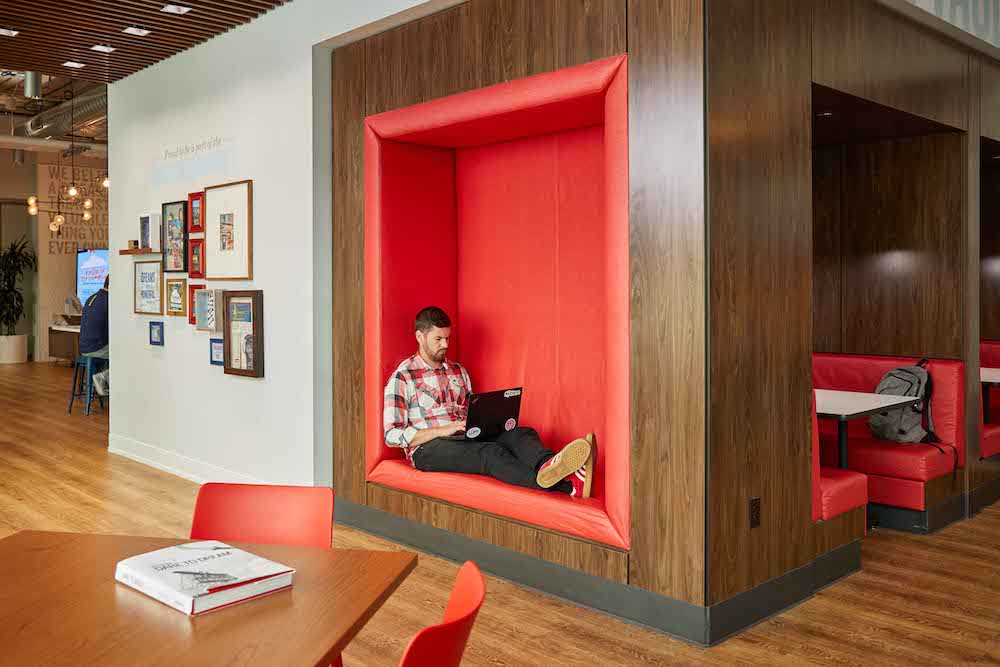Experiential design that has accurately captured the cultural, social, and behavioral characteristics of the people using the space can improve work, life, and engagement.

In the late 1960s, when cognitive psychologist and economist Herbert A. Simon introduced his theory of bounded rationality, the premise of which was that emotions drive decision-making, the concept was met with controversy.1 At the same time, it set in motion a shift in psychological decision theories. Simon, said, “In order to have anything like a complete theory of human rationality, we have to understand what role emotion plays in it.” Today, psychological scientists understand that emotion is the catalyst behind decisions small and large, from avoiding an uncomfortable conversation to purchasing a home or accepting a job offer.2,3
As humans perceive the world, they take in sensory messages that are then translated into information like color or conversation. It’s a lot to process, and the brain has little tricks it uses along the way, including memories of when something similar occurred. This is when emotion comes into play. At the same time, the brain cognitively makes sense of the information streaming in, as emotions help to connect information to past experiences and inform decisions based on that information.4 Emotions are the filter through which that information passes—how that information looks on the other side of the filter is different for each person.
While people tend to see themselves as rational, much of the decision-making process is driven by emotion, often unconsciously in a split-second response to stimuli.5-7 Perception of a space is no different. How a person reacts to a physical space is underpinned by how the person connects with the space emotionally as much as practically.8 That’s why conceptualizing, planning, and executing experiential design relies on a measure of understanding of the emotion of those working or living within that space.

Design principles: informed, empathetic, exciting
A strategic approach that takes emotion into consideration is integral to successful design principles, which hold that experiential spaces be informed, empathetic, and exciting. In the experiential design process, designers need to engage in a fact-finding mission. In the process, they become astute listeners to the clues being offered by clients about how they would like the space to make them feel, the company values and culture, and even what behaviors could be fostered with the design. This empathetic listening activity is not overt, but is woven into the design process, which begins with empathizing with the client and understanding their needs, and setting the stage for the client to take ownership of a design that aligns with their company.
Design of experiential spaces should define that space’s intention and carry users on an emotional journey with touchpoints and sensorial aspects that push the narrative forward. Emotion plays a significant role in this design approach, along with memory, multi-modal sensory experience, and creating happiness.
Creating experiential design also requires a hefty dose of empathy and emotional intelligence on the part of designers. Throughout the relationship with a client, the design team needs to bring empathy to every interaction. Empathy in its many forms is a necessary tool to listen and meet the needs of the client—needs that are being expressed verbally and nonverbally, as well as through the choice of language itself. What do clients reveal about their emotional response to the space, viscerally and reflectively? What do clients aspire for the space to become, or behaviors that the space could facilitate?
Empathy in its many forms is a necessary tool to listen and meet the needs of the client
Teasing out the emotional details of clients’ connection to a space, and to quantify and qualify that feedback is not an easy skill to develop. It is rooted in cognitive and emotional forms of empathy, which help to understand and independently make sense of the world around. When applied to experiential design, cognitive, emotional, and compassionate empathy are used to manifest design solutions at various client touchpoints. Designers imbue workshops, focus groups, and surveys with emotional empathy to pull out the qualities their clients seek. Then they apply cognitive and compassionate empathy to problem solve space issues to not only meet the needs clients have requested, but to surprise them with an experience that achieves their desires and values unconsciously expressed or helps them to realize aspirational goals.
When clients describe their space, their choice of words matters. The language they use to describe their workplace, team, or company values, for instance, can be mapped to design principles. A desire to foster more creative thinking can translate to high ceilings, which are thought to encourage out-of-the-box solutions. At the same time, low ceilings are tied to concentration. Color temperature, location, and amount of a certain color in a space prompt particular emotions: warm vibrant colors like yellow and green can increase communication in a collaborative space, while purples and blues in another, smaller space can increase comfort, and in spaces intended for relaxation or reflection, blues are appropriate.

Happiness, memory, senses in experiential design
It may seem obvious that design ought to create a feeling a happiness. Achieving a lasting emotional connection for happiness, however, is not as easy as creating beautiful spaces. Nor is understanding the role of emotional perception. Psychologist and economist Daniel Kahneman explains how emotional perception influences everyday lives through decision-making.2 His theory posits that when evaluating options before them, people will choose based on their current status and the degree of changes needed to reach a particular outcome. The result is then a relative outcome rather than absolute, according to his theory, and decisions are evaluated based on personal experience instead of an unbiased value proposition.
To put it another way, Kahneman suggests that utility and its value is relative, and when given a choice between two or more options, people will often choose that which gives them the strongest positive feeling. They seek the choice that is likely to create a sense of happiness, even if it is not objectively the best choice over time. In fact, the anticipation of the happiness from a decision may provide greater payoff than the outcome itself according to some research. This pull toward a decision that will illicit pleasure or happiness is key in hedonistic psychology and can be translated into design principles.

Lasting impact
Design that creates pleasure can have a lasting impact on those who use or frequent a space, based in part on an appeal to memory. Emotional moments are remembered best, and will guide future decisions based on that memory; A positive memory can have a stronger influence than current interaction, according to Kahneman.2 These strong memories are etched into the consciousness because of the emotional response experienced in that moment. Design can provoke an intense emotional response through surprise and delight.9-11 Unpredictable or surprising experiences create a surge of dopamine in the brain, like a high-water mark in memories which will be returned to often. Design that surprises and creates pleasure at key moments in the experience will trigger an emotional connection between an individual and the space.
Design can provoke an intense emotional response through surprise and delight
How does design ensure surprise and excitement in its narrative? By engaging all five senses, including smell, which is the closest linked to memory. Touchpoints like printed materials, which arouse increased brain activity, are placed along the customer journey to create connection, and carry them through the design narrative. Enticing others to engage with a space—engagement through cognitive, social, or physical activity in a space—will create a visceral, impactful experience compared with simple observation.9-11 The end-user may be spurred to act and become part of the narrative of the space, told through memories the space has elicited.12
Emotional experiential space design that has accurately captured the cultural, social, and behavioral characteristics of the people using the space can improve work, life, and engagement as well as create larger scale business and environmental use solutions. To get to that point, designers need to understand the emotional drivers behind a company and its people through an interactive, analytics-driven process of linking emotion-based language to design elements, and a long-term relationship that builds in updates as the space and its users evolve. The result can be a space that mirrors the needs of people and inspires them to excel.
References:
- Simon HA. Psychological Review, Motivational and emotional controls of cognition, ©1967.
- Kahneman D. Econometrica. Prospect theory: An analysis of decision under risk. ©1979.
- Lerner JS, et al. Annual Review of Psychology, Emotion and Decision Making, ©2015. DOI: 1146/annurev-psych-010213-115043
- Zajonic RB, Current Directions in Psychological Science, Mere exposure: A gateway to the subliminal, ©2010. DOI:10.1111/1467-8721.00154
- Journal of Economic Psychology, Emotions as a mechanism for boundedly rational agents: The fast and frugal way, ©2005.
- Psychology Today, Like It or Not, Emotions Will Drive the Decisions You Make Today, ©2010.
- Forbes, How Your Emotions Influence Your Decisions, ©2018.
- Scientific American, Feeling Our Emotions, ©2005.
- The Interaction Design Foundation, Norman’s Three Levels of Design, ©2020.
- Journal of Environmental Psychology, Impact of Built Environment Design on Emotion Measured via Neurophysiological Correlates and Subjective Indicators: A Systematic Review, ©2019.
- BBC Future, The Hidden Ways That Architecture Affects How You Feel, ©2017.
- Work Design Magazine, Designing for Behavior, ©2020.

